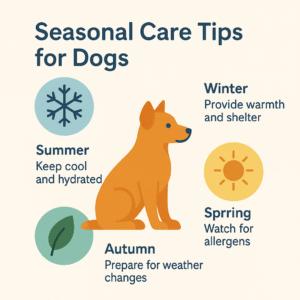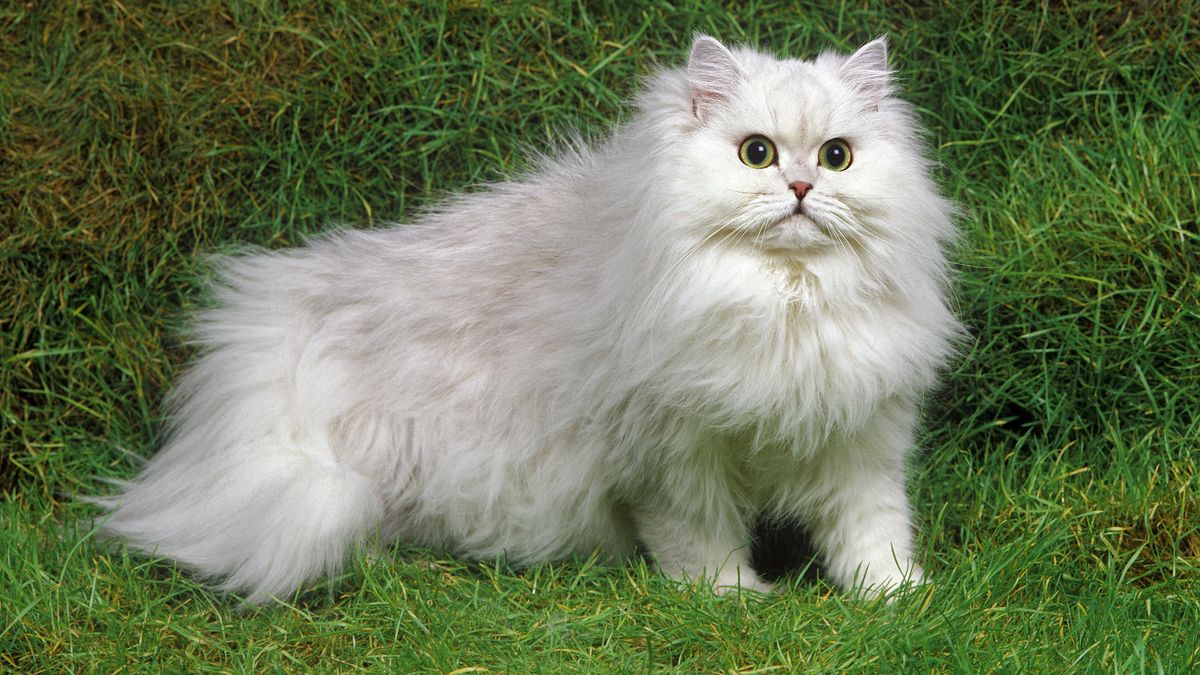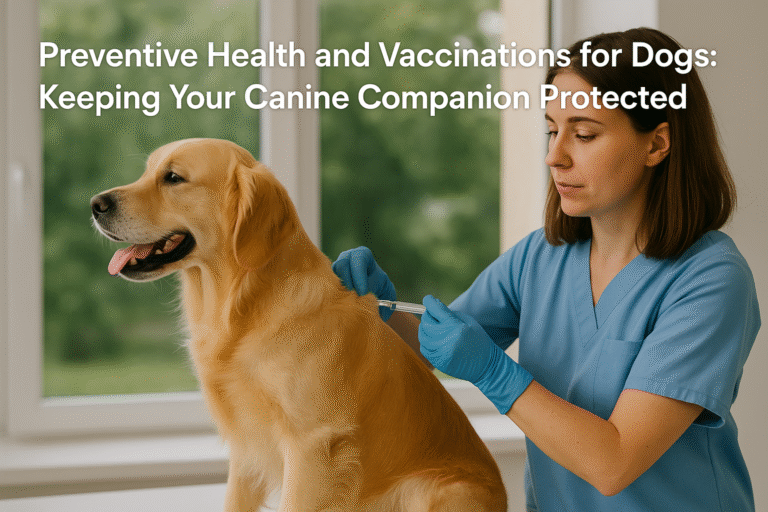Common Causes & When to See a Vet
It might sound cute the first time, your furry friend lets out a tiny “achoo!” and then carries on like nothing happened. But when your cat starts sneezing frequently, you might begin to wonder: “Is my cat okay?”
Don’t worry, you’re not alone. Cat sneezing is common, but just like in humans, it can be caused by anything from simple dust to more serious infections. In this blog, we’ll break down the most common reasons why cats sneeze, what you can do about it, and when it’s time to visit the vet.
So let’s sniff out the truth behind those kitty sneezes!
🌸 1. Allergies – Just Like Humans!
Yes, cats can suffer from seasonal or environmental allergies. Dust, pollen, mold, smoke, or strong perfumes can irritate your cat’s nasal passages, making them sneeze.
Symptoms of allergies in cats:
- Sneezing
- Watery eyes
- Itchy skin or ears
- Runny nose
💡 Tip: Try to identify what’s triggering the sneezing. Avoid scented candles, air fresheners, and cigarette smoke around your cat.
🦠 2. Upper Respiratory Infections (URI)
If your cat is sneezing non-stop, they could be dealing with an infection — especially if it’s a young kitten or newly adopted cat.
Common viral infections include:
- Feline herpesvirus (FHV-1)
- Calicivirus
- Chlamydia felis
Symptoms often appear alongside:
- Discharge from the nose or eyes
- Loss of appetite
- Lethargy
- Fever
😿 These infections spread quickly in shelters or multi-cat households, and may require antibiotics, antivirals, or supportive care.
🌾 3. Dust, Litter, or Air Irritants
Cats have sensitive noses, and some litters — especially scented or dusty varieties — can trigger sneezing. The same goes for dusty furniture, carpets, or air pollutants.
What you can do:
- Switch to a dust-free or low-dust litter
- Vacuum and clean regularly
- Use air purifiers if needed
🧹 Transitioning to natural litters like paper or wood pellets can be a sneeze-free solution!
🐱 4. Foreign Objects in the Nose
If your cat was sniffing around in the garden or under furniture, it’s possible they inhaled something — like grass, dirt, or small debris.
This usually causes:
- Sudden sneezing fits
- Pawing at the nose
- Possible nasal discharge (usually from one nostril)
👩⚕️ If it doesn’t stop within a day or two, see your vet. Foreign bodies may need to be removed under sedation.
🧬 5. Feline Herpesvirus (Chronic Sneezing)
Some cats live with feline herpesvirus for life. It often starts with a URI in kittenhood and may cause recurring sneezing and eye discharge later in life — especially during times of stress.
You can help by:
- Reducing stress at home
- Giving L-lysine supplements (commonly used to manage herpes)
- Keeping their environment clean and warm
🩺 Chronic sneezing might not go away completely, but it can be managed with the right care.
🍗 6. Food Sensitivities or Allergies
Believe it or not, food allergies can affect your cat’s respiratory system too. Sneezing may come alongside:
- Vomiting or diarrhea
- Itchy skin or ears
- Chronic infections
Common food allergens in cats:
- Chicken
- Beef
- Fish
- Grains
🧡 If you suspect food is the cause, try a limited ingredient or hypoallergenic cat food.
🦷 7. Dental Problems
Tooth infections — especially in the upper jaw — can sometimes spread to the sinuses, causing sneezing, bad breath, and facial swelling.
Signs to watch:
- Drooling
- Pawing at the mouth
- Refusing dry food
😼 Your vet may need to perform a dental exam and possibly a tooth extraction.
🌫️ 8. Fungal Infections (Less Common but Serious)
In rare cases, cats can inhale fungal spores like Cryptococcus found in soil or bird droppings. This can lead to nasal infections and swelling.
Symptoms include:
- Frequent sneezing
- Nosebleeds
- Nasal swelling or deformity
📍 These infections require antifungal medications and sometimes surgical treatment, so don’t delay seeing the vet.
🐾 9. Tumors or Nasal Polyps
In older cats, constant sneezing might be a sign of nasal polyps or tumors. While not always cancerous, they can block nasal airflow.
Signs to watch:
- Persistent sneezing
- Breathing through the mouth
- Nosebleeds
- Weight loss
👩⚕️ Only a vet can diagnose this using imaging or biopsy — so it’s crucial to act early.
❓ When Should You See the Vet?
Sneezing now and then is normal just like in humans. However, you should book a vet visit if:
✅ Your cat sneezes for more than 3–5 days
✅ There’s yellow, green, or bloody discharge
✅ They are not eating or are lethargic
✅ Sneezing is accompanied by coughing or wheezing
✅ They show signs of pain, fever, or behavior changes
🩺 Early treatment prevents complications — and keeps your cat safe and happy.
🧼 What You Can Do at Home
While waiting for a vet visit or managing minor sneezing at home, you can:
- Use a humidifier to soothe dry nasal passages
- Clean your cat’s eyes and nose with a damp cloth
- Offer hydrating wet food
- Use dust-free litter
- Keep them indoors during allergy season
- Keep stress low and ensure a cozy resting area
✨ Always check labels on cleaning products and sprays — go fragrance-free where possible.
🐱 Final Thoughts: A Sneeze Isn’t Always Just a Sneeze
A sneezing cat may look cute, but if it becomes frequent or accompanied by other symptoms, it’s worth investigating. Whether it’s due to allergies, infections, or something more serious, the right treatment and care can offer quick relief and protect your cat’s long-term health.
Your cat can’t tell you what’s wrong, but a little attention to their sneezy signals can go a long way. For more you can read my another blog on cat allergy.
Want to learn more?
If you enjoyed this blog, don’t forget to share it with fellow cat lovers. Hope you love the information about cats and for Sponsor Posts, Ads and Products. You can reach us anytime from anywhere. Contact Us!













